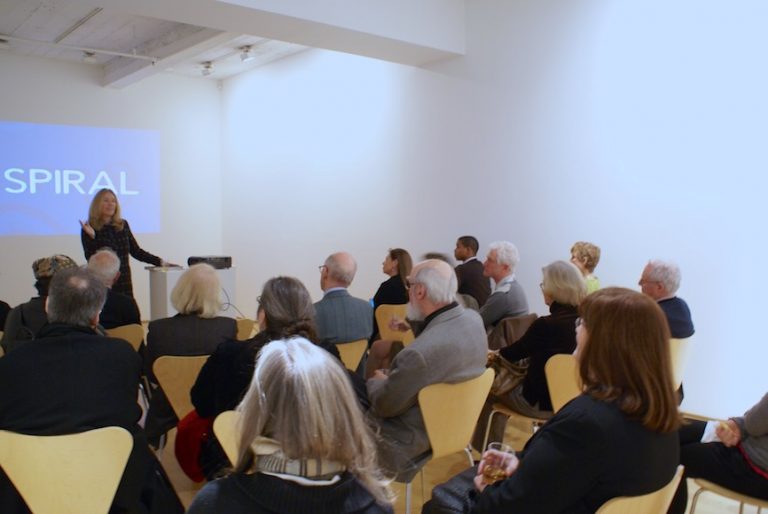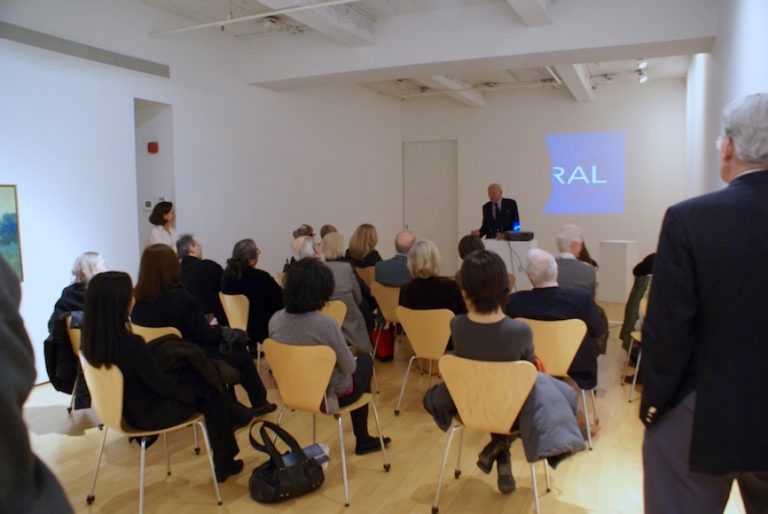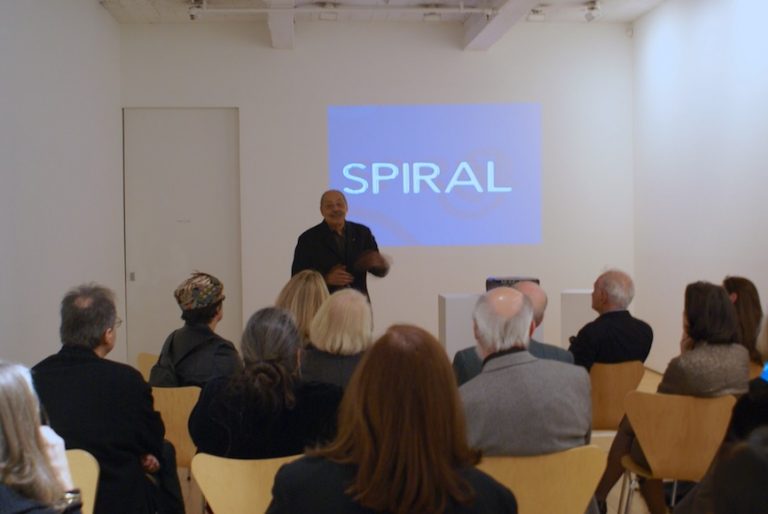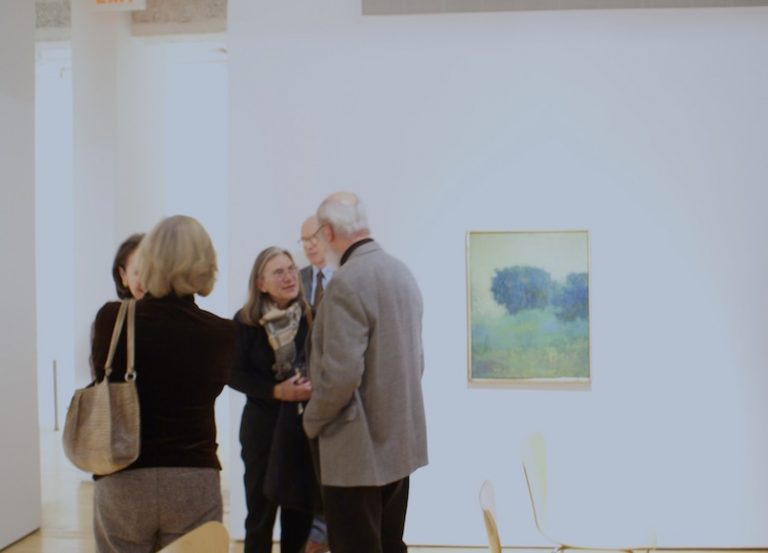RICHARD MAYHEW: Monument
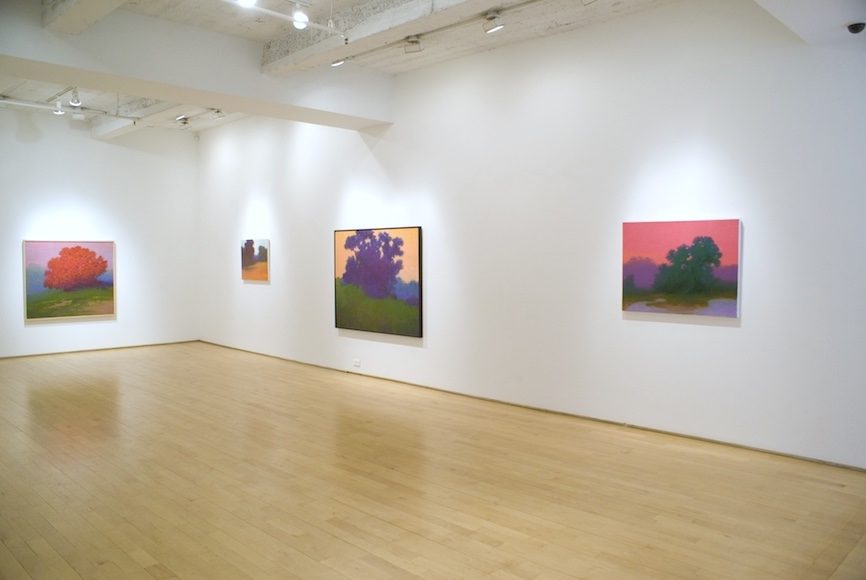
Monument
Solo exhibition by Richard Mayhew
Installation view
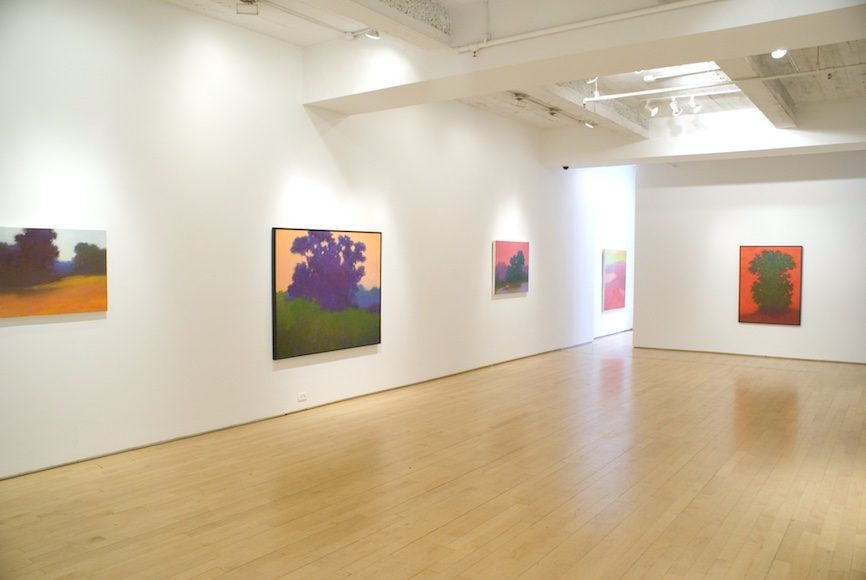
Monument
Solo exhibition by Richard Mayhew
Installation view
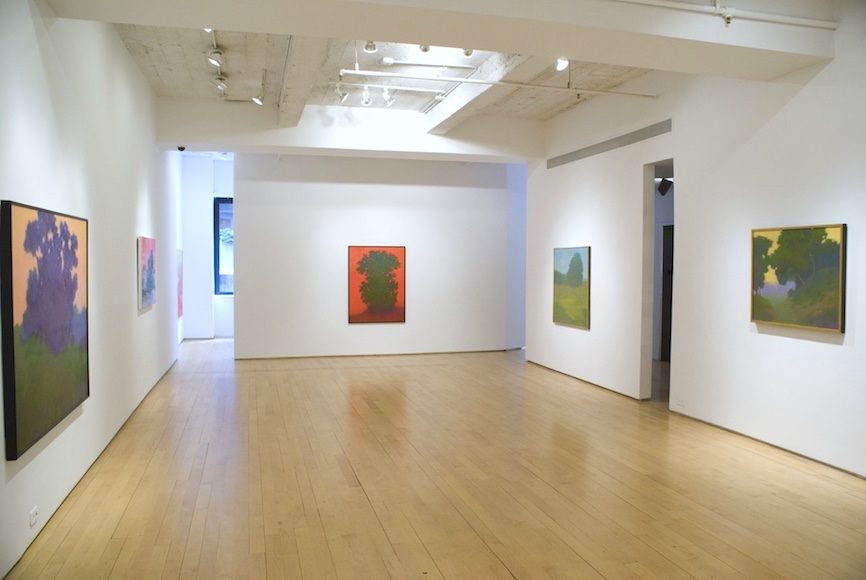
Monument
Solo exhibition by Richard Mayhew
Installation view
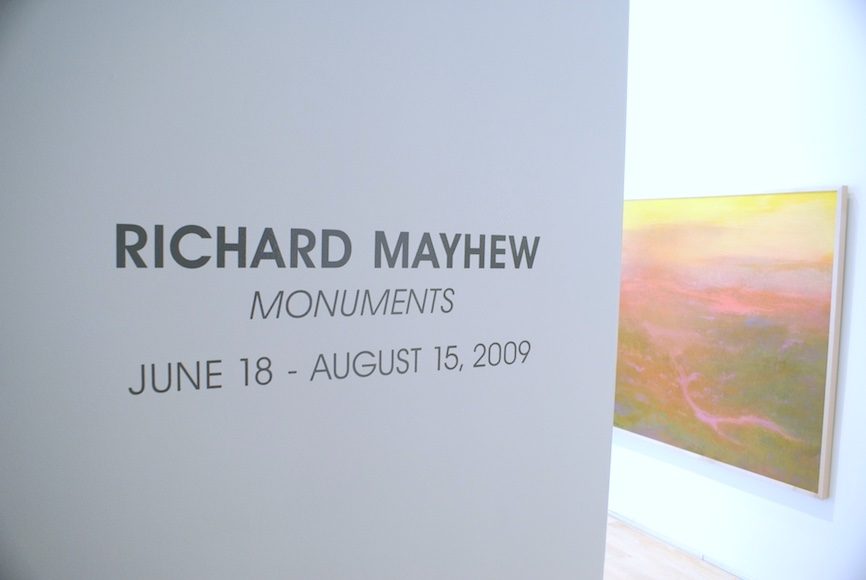
Monument
Solo exhibition by Richard Mayhew
Installation view
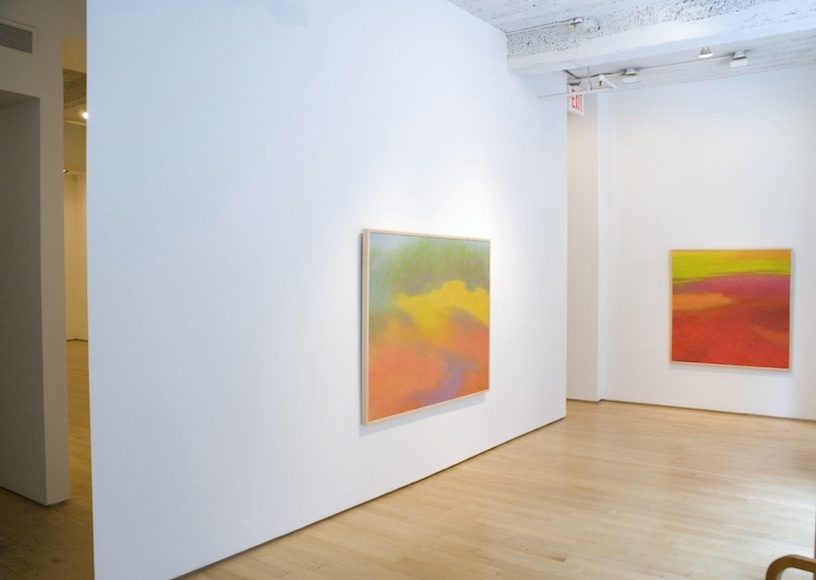
Monument
Solo exhibition by Richard Mayhew
Installation view
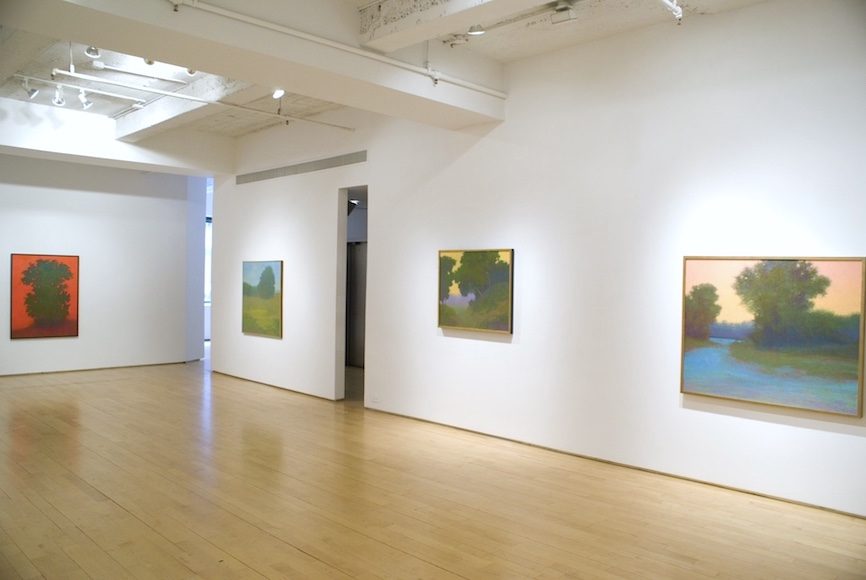
Monument
Solo exhibition by Richard Mayhew
Installation view
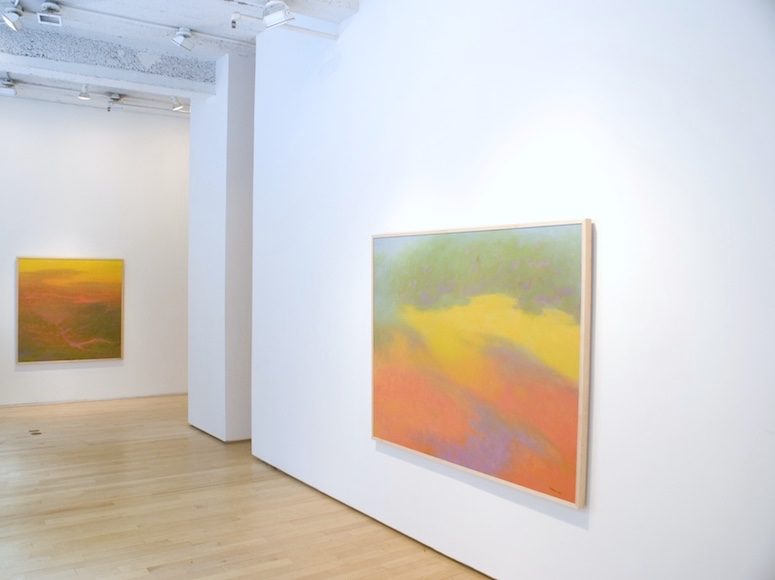
Monument
Solo exhibition by Richard Mayhew
Installation view
The landscape genre encompasses a range of approaches along the continuum from representation to abstraction. For over half a century, Richard Mayhew has been actively exploring that terrain in his vibrant studies of light and color. I am proud to welcome Mayhew as a gallery artist at ZONE: CONTEMPORARY ART. “Monuments” is a rare solo exhibition, curated to present highlights from the full career of one of our greatest living painters. In the course of preparing “Monuments,” I was struck by how this thoroughly contemporary artist rethinks the long tradition of transfigured topography, a tradition that includes the Romanticism of J.M.W. Turner, the optical experiments of Claude Monet and the non-figurative modernism of Mark Rothko.
Born in New York, in 1924, Mayhew is descended from both African American and Native American stock. The interplay of water, land and sky around his Long Island home instilled a life-long passion for luminosity. His biography encapsulates the exciting course of mid-twentieth-century American art: he studied under Max Beckman, Edwin Dickman and Ruben Tam, and he knew Jackson Pollock, William de Kooning, and Franz Klein. In 1963, he became a co-founder, along with Romare Bearden and Norman Lewis, of the Spiral Group, an association of black artists. He has influenced a new generation through teaching stints at the Brooklyn Museum Art School, the Art Students League, and Pennsylvania State University. In 1991, Mayhew moved to Soquel, California. The ZONE exhibition is a prelude to an upcoming celebration of Mayhew’s career, each focusing on a different period, at three California museums: the de Saisset Museum, the Museum of the African Diaspora (MoAD), and the Museum of Art and History in Santa Cruz.
The exhibition reveals an artist with a unique perspective on two of the great movements in American art history: the pantheistic Hudson River School and the Abstract Expressionists, with their shamanistic paint-handling. Mayhew’s ecstatic color fields are grounded in recognizable elements, such as the statuesque trees that are a recurring motif in “Monuments,” resonant with the emblematic power of the druidic World Tree. A master of atmospheric perspective, he deftly balances a vestigial sense of spatial recession with a dynamic engagement with the two-dimensional surface, layering paint for incandescent effects. Throughout a long and still-vital career, Mayhew has stayed true to the painter’s mission, using color and form to tap into primordial creation. A jazz musician, as well as a long-term professor in the visual arts, he grasps the underlying importance of formal rhythm and harmony. His improvisations on color run the gamut from tonalist to psychedelic, but always illuminate the profound connections between nature and art.
Richard Mayhew has received numerous awards and honors from many national institutions and foundations, including the National Academy of Design, the National Institute of Arts and Letters, and Pennsylvania State University. His selected permanent collections include the Metropolitan Museum of Art, the Los Angeles County Museum of Art, the San Francisco Museum of Art, the Brooklyn Museum, the National Museum of American Art, the Newark Museum, and the Whitney Museum of American Art.
Jennifer Baahng
Director
June 18 – August 15, 2009
Opening reception:
Thursday June 18th, 2009
6-8pm
“The de Saisset Museum, University of Santa Clara will present The Art of Richard Mayhew: Journey’s End, September 26 to December 4, 2009. The exhibition is part of a three museum retrospective that will examine the forty year career of Richard Mayhew, one of America’s greatest living landscape painters. The exhibition at the de Saisset will focus on Mayhew’s work from the mid-1970s to the mid-1990s. During this period, Mayhew would travel by car across the country, gathering ideas for his abstract landscapes.
These cross country sojourns (sometimes driving through the Southwest, other times taking a northern route into Canada) would result in a profound change in his painting style. No longer abstract, now his work centered on specific landmarks; trees, hills, lakes rendered in a more realistic motif. This is not to imply that the artist was working en plein aire; Mayhew never used sketches or photographs. Rather, he would rely on his memory to create a landscape that would be an amalgam of actual sites he had visited. And, as always, Mayhew strove to paint the “essence of nature, always seeking the unique spiritual mood of the land.”
The results are composite impressions, utilizing Mayhew’s signature vibrant colors, that have a universal appeal. Perhaps it is because, as Mayhew explains, “I want the essence of the inner soul to be on the canvas.” A critic for ArtNews commented on Mayhew’s “controlled mastery of the brush while depicting these imagined places.” For Richard Mayhew, these “imagined places” are an endless source of inspiration; for those of us who view his work, an endless source of pleasure.”
Sheryl Nonnenberg
Guest Curator
The de Saisset Museum
University of Santa Clara
“In this three-museum celebratory retrospective exhibition, The Art of Richard Mayhew, the Museum of Art & History will highlight the years from 2000 to 2009. Our exhibition, The Art of Richard Mayhew: After the Rain, focuses on lush landscapes replenished and refreshed by gentle storms.
The artist has no need or inclination to record what he sees in a photographically inspired style. Rather, he relies upon improvisational brushwork, momentary intuition and spontaneous judgment to produce work whose saturated color applied with broken brushwork evoke the smell of after-the-rain air.
Nature, a constant source of awe and delight for Mayhew, is honored in paintings that reclaim memories of landscapes visited from his early childhood to present. We see Richard Mayhew as a Transcendentalist in the welcome rain; he is a Walt Whitman reminding us Happiness not in another place, but this place, not for another hour, but this hour. He is a Shinnecock, Cherokee Indian and African American whose spirituality is manifest in his life’s work. But, most of all, he is thoroughly Richard Mayhew, an artist who shares his visual, emotional, and mental connections to the land. His reflective paintings are tangible translations of a shimmering act of love.”
Susan Hillhouse
Curator of Exhibitions and Collections
The Museum of Art & History at the McPherson Center
Santa Cruz, CA
“The exhibition of Mayhew’s work at MoAD will be the first part of a three-part chronological retrospective of the artist’s career. This exhibition will present an overview of paintings and works on paper beginning with the late 1950s through Mayhew’s recent compositions. The selections for this five-decade retrospective show the depth of Mayhew’s vision that combines his unique style, philosophy for painting, and synthesis of artistic and social influences which span the trajectory of his full artistic career.
Mayhew made his first solo exhibition debut in 1957 at New York’s renowned Morris Gallery. His unique style of presenting the natural milieu was well received by critics who noted “the abstract romanticism of feeling of his thoughtful work, suggesting, if anything, the woods beyond the world or some such concept.” The captivating quality of his work, so remarkable in his early New York reviews, remains relevant in the vivid canvases of his contemporary work.
Mayhew infuses his abstract Barbizon-style paintings with bright, often psychedelic, colors creating a mysterious world of monumental trees in open meadows, dense bushes, and narrow creeks cradled in saturated colored skies. He masterfully follows and breaks the rules of color theory to entice viewers into moody fantasy environments. His signature fiery vistas and cool misty field evoke an emotional engagement from his viewers that has kept him at the forefront of landscape painting for over forty years.”
Bridget R. Cooks, Ph.D.
Assistant Professor
University of California, Irvine
Department of Art History
African American Studies
Visual Studies Curator
EDUCATION
Academia; Florence, Italy
Art Students League, New York, NY
Brooklyn Museum Art School; Brooklyn, NY
Columbia University; New York, NY
Studied with Max Beckman, Edwin Dickenson, Hans Hoffman, and Ruben Tam
POSITIONS
Professor Emeritus, Pennsylvania State University, PA
Academician, National Academy of Design, New York, NY
Former Advisory Board Member, Rockland Center for the Arts, Rockland, NY
Former Council Member, National Academy of Design, New York, NY
Founding Director, Creative Center for the Arts and Sciences, CA
Former Member, Macdowell Colony Corporation, Peterborough, NH
SELECTED COLLECTIONS
The Metropolitan Museum of Art, New York, NY
Los Angeles County Museum of Art, Los Angeles, CA
San Francisco Museum of Art, San Francisco, CA
Brooklyn Museum, New York, NY
Hudson River Museum, Yonkers, NY
Minnesota Museum of Art, St. Paul, MN
Museum of African Art, Washington DC
National Museum of American Art, Smithsonian Institute, Washington, DC
Newark Museum, Newark, NJ
National Academy of Design, New York, NY
Transamerica Corporation, San Francisco, CA
Whitney Museum of American Art, New York, NY
AWARDS AND HONORS
Received numerous awards and honors from many National Institutions and Foundations, including the National Academy of Design, the National Institute of Arts and Letters and Pennsylvania State University.
SELECTED SOLO EXHIBITIONS
2009 de Saisset Museum, Santa Clara University, CA
Museum of Art and History, Santa Cruz, CA
Museum of the African Diaspora, San Francisco, CA
ZONE: CONTEMPORARY ART New York, NY
Avram Gallery, Stony Brook Southampton, SUNY, NY
Telfair Museum of Art, Savannah, Georgia
2008 Avram Gallery, Stony Brook Southampton, SUNY, NY
Telfair Museum of Art, Savannah, Georgia
G.R. N’Namdi Gallery, Chicago, IL
2007 G.R. N’Namdi Gallery, Chicago, IL
Sherry Washington Gallery, Detroit, MI
ACA Gallery, New York, NY
2006 Stella Jones Gallery, New Orleans, LA
G.R. N’Namdi Gallery, Chicago, IL
2005 ACA Gallery, New York, NY
G.R. N’Namdi Gallery, Chicago, IL
2003 Washington Gallery, Detroit, MI
Stella Jones Gallery, New Orleans, LA
G.R. N’Namdi Gallery, Chicago, IL
2002 G.R. N’Namdi Gallery, Chicago, IL
Bomani Gallery, San Francisco, CA
ACA Gallery, New York, NY
2001 Stella Jones Gallery, New Orleans, LA
1999 Sherry Washington Gallery, Detroit, MI
Stella Jones Gallery, New Orleans, LA
1998 ACA Gallery, New York, NY
1997 G.R. N’Namdi Gallery, Chicago, IL
Stella Jones Gallery, New Orleans, LA
Bomani Gallery, San Francisco, CA
1995 Bomani Gallery, San Francisco, CA
1994 Bomani Gallery, San Francisco, CA
Alitash Kebede Gallery, Los Angeles, CA
Sherry Washington Gallery, Detroit, MI
1993 Bomani Gallery, San Francisco, CA
Alitash Kebede Gallery, Los Angeles, CA
Triton Museum of Art, Santa Clara, CA
1991 Sherry Washington Gallery, Detroit, MI
1989 Sherry Washington Gallery, Detroit, MI
Isobel Neal Gallery, Chicago, IL
1987 Midtown Galleries, New York, NY
University of Maryland, Princess Anne, MD
1986 Grand Central Galleries, New York, NY
Hampton University, Hampton, VA
1985 Young Gallery, San Jose, CA
1984 Kingsborough College, Kingsborough, NY
1983 Young Gallery, San Jose, CA
The Pennsylvania State University Art Museum, University Park, PA
1982 Midtown Galleries, New York, NY
1981 St. Mary’s College, MD
Morgan State University, Baltimore, MD
1980 San Jose Museum of Art, San Jose, CA
GROUP EXHIBITIONS
National Academy Museum New York NY (2009)
Parish Gallery, Washington DC
Midtown Payson Gallery
Wilmer Jennings Gallery, New York, NY
Midtown Payson Gallery
Wilmer Jennings Gallery, New York, NY
Gallery 30, Burlingame, CA
Midtown Payson Gallery
Midtown Payson Gallery
Albright-Knox Members Gallery
“Rediscovering America: The Persistent Landscape,” Wilson Art Center, Rochester, NY
National Academy of Design, New York, NY
Hobe Sound Galleries, Hobe Sound, FL
Bergen Museum of Art And Science, Paramus, NJ
Bucknell University, Center Gallery, Lewisberg, PA
“Black American Artists.” Fine Art Museum of Long Island, Hempstead, NY
Fine Arts Museum
Kenkelebra Gallery, New York, NY
The Equitable Gallery, New York, NY
Morgan State University, Baltimore, MD
St. Mary’s College of Maryland, MD
National Academy of Design, New York, NY
San Jose Museum of Art, San Jose, CA
Studio Museum in Harlem, New York, NY
National Academy of Design, New York, NY
National Academy of Design, New York, NY
Kalamazoo Art Institute, Kalamazoo, MI
Montclair State College, Montclair, NJ
Art Lease and Sales Gallery, NJ State Museum, Trenton, NJ
Collector’s Gallery, Columbus Gallery of Fine Art, Columbus, OH
Audubon Artists Annual, New York, NY
Butler Institute of American Art
New York Cultural Center, New York, NY
Squibb Gallery, Princeton, NJ
YM-YMHA, Union, NJ
Temple Emith, Teaneck, NJ
Storefront Museum, Jamaica, NJ
Lobby Gallery, Chicago, IL
Minnesota Museum of Art, St. Paul, MN
Weatherspoon Gallery, Greensburo, NC
Lobby Gallery, Chicago, IL
Spellman College, Atlanta, GA
Oklahoma Museum of Art at Red Ridge, Oklahoma City, OK
Whitney Museum of American Art Biennial, New York, NY
Great Hall, City College, New York, NY
American Academy of Arts and Letters, New York, NY
Arkansas Art Center, Little Rock, AR
Art in Embassies Program, US Embassy, Rangoon, Burma
Art Gallery, SUNY, Albany, NY
Brooklyn Museum, Brooklyn, NY
Butler Institute, Youngstown, OH
Carlton College, Northfield MN
Carnegie Institute, Pittsburgh, PA
Chicago Art Institute, Chicago, IL
Civic Fine Arts Center, Sioux Falls, SD
Colorado Springs Fine Arts Center, Colorado Springs, CO
Contemporary Arts Museum, Houston, TX
Crysler Museum, VA
Daning Gallery, New York, NY
Edmonton Gallery, Edmonton, Canada
Equitable Life Insurance Gallery, NY
Everson Museum of Art, Syracuse, NY
Flint Institute of Art, Flint, MI
Florissant Valley College, St. Louis, MO
Freedman Gallery, Albright College, Reading, PA
Gallery of Modern Art, New York, NY
Grand Central Galleries, New York, NY
Greenville Co. Museum, Greenville, SC
High Museum of Art, Atlanta, GA
Krannert Art Museum, Champaign, IL
Kresge Art Center, E. Lansing, MI
Mankato State College, Mankato, MN
Memorial Art Gallery, Rochester, NY
Mendel Art Gallery, Saskatoon, Canada
Minneapolis Institute of Art, Minneapolis, MN
Museum of Art, Rhode Island School of Design, RI
Norfolk Museum of Arts and Sciences, Norfolk, VA
Paul Sargent Gallery, Eastern Illinois University, Charleston, IL
Pennsylvania Academy of Fine Arts, Philadelphia, PA
Pennsylvania State University, PA
Queens Museum, Queens, NY
San Francisco Museum of Art, San Francisco, CA
State University of New York, Westbury, NY
The Young Gallery, San Jose, CA
Tweed Museum of Art, Duluth, MN
UCLA Art Gallery, Los Angeles, CA
University of Illinois Biennial, IL
University of Maryland, MD
SPOTLIGHT
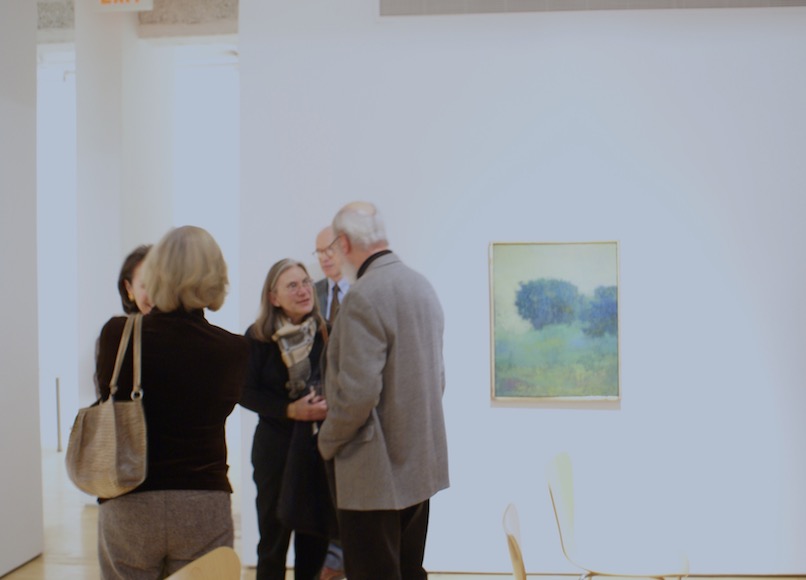
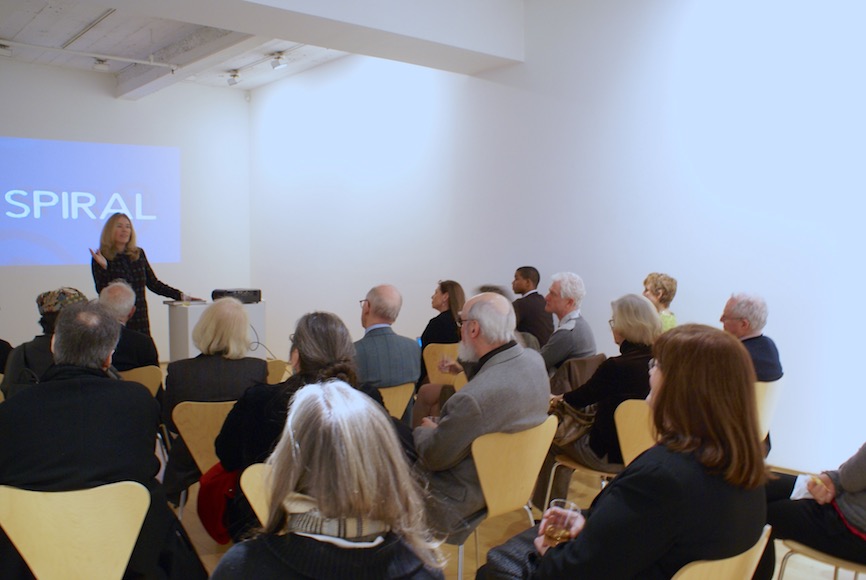
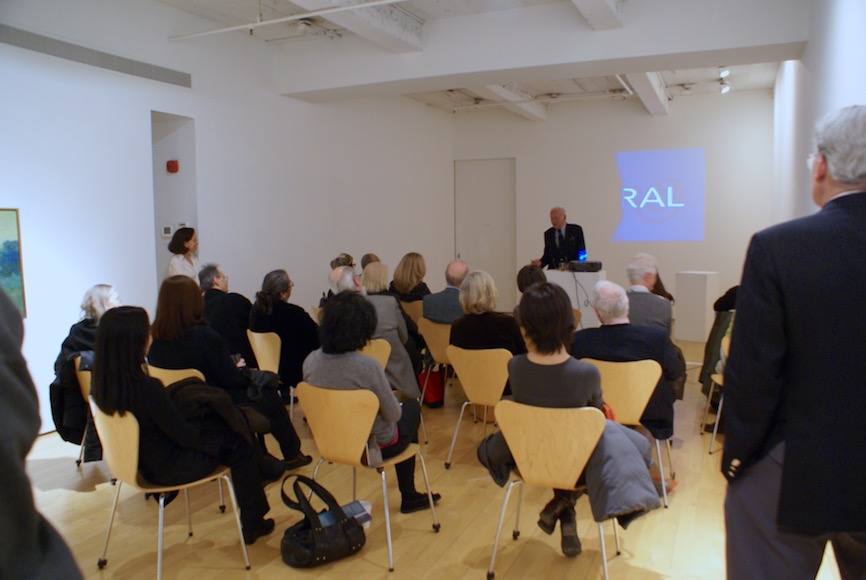
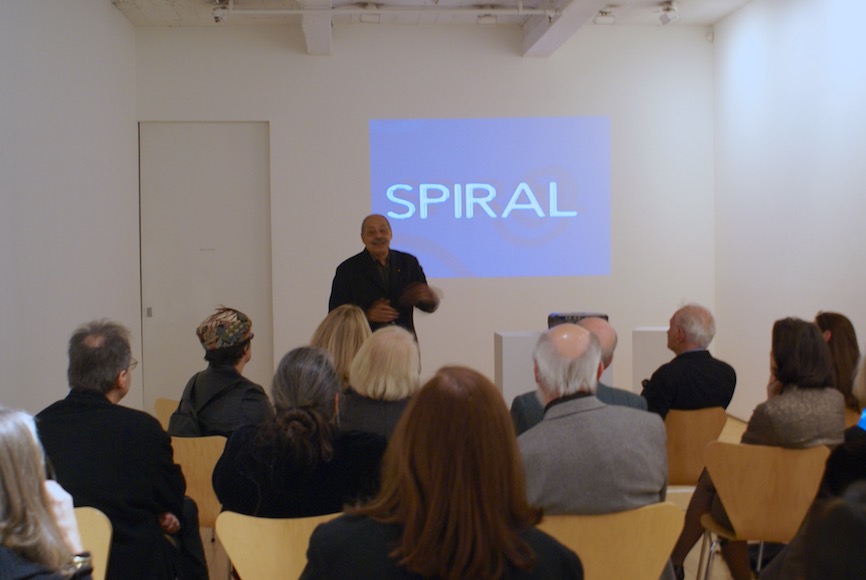
Gallery Discussion with Richard Mayhew
co-hosted by The MacDowell Colony
3-5pm, December 6, 2009
In honor of Richard Mayhew’s artistic achievements, and his 2009 retrospective solo exhibition at ZONE: Contemporary Art — The MacDowell Colony and ZONE: Contemporary Art hosted a gallery discussion on December 6, 2009 for National Benefit guests.
Related:
Categories: exhibitions
Tags: Richard Mayhew
